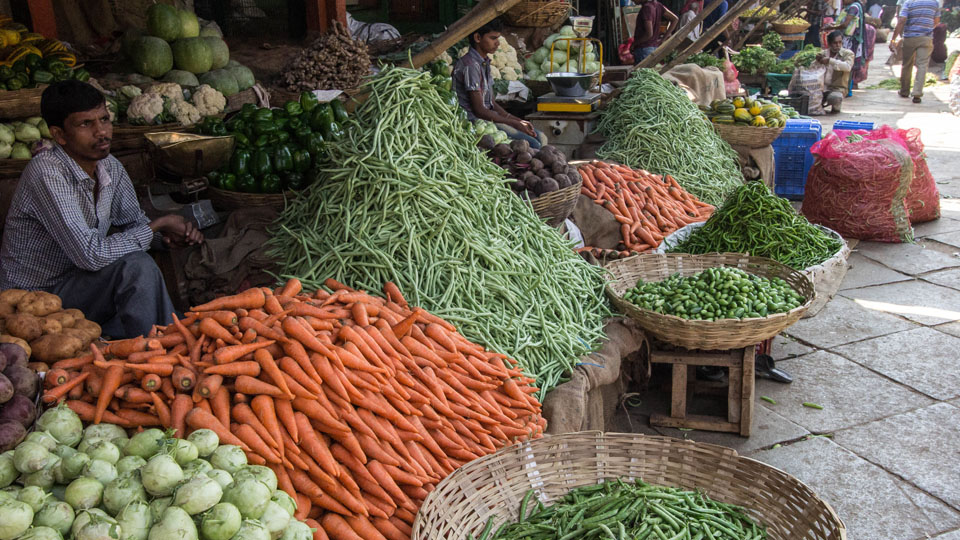The monetary value of food produced annually in the country is some hard-to-guess portion of the size of its economy, currently doing round at a bit more than two trillion dollars. The figures for the top four or five other economies of the world, including the United States of America, China and Japan are many times that of India. However, barring China, the manageable populations of those nations give them the much-sought advantage of good per capita availability of food unlike in India’s case where that advantage is lost. Many disagree with the often-made official claim that India has been self-sufficient on the food front, forgetting conveniently the nearly 200 million Indians, being economically in dire straits, have no access to adequate food on a daily basis. The two facts that India’s agriculture is the biggest single industry and its share in the country’s total economy is less than 15 per cent don’t match each other. Add to these self-contradicting features, is another fact of substantial and avoidable losses of food from the field to the consumer market, particularly more than 30 per cent loss of perishables during the stages of storage, transportation and marketing.
Consumer prices of perishables, both plant-derived and animal-based, are witnessing volatility like never before, sending even upper-middle-class families into a spin. Production of food grains is tending to get on razor’s edge with the area for cultivation steadily shrinking and soil fertility getting reduced, particularly across the land’s regions considered as grain-bowl of the country.
The practices being followed in India’s food processing industry dominated by multinational companies and their franchises are largely drawn from technologies of the west. The money worth of the actual food in their products is just a fraction, the major part being accounted for their marketing costs, packaging and margins, making only the affluent sections of society their captive patrons, leaning aside the major sections struggling to get at their daily food. School-bound children are being salvaged partially given the mid-day meal programmes, such as in Karnataka. On top of this, subsidised breakfast and lunch has been introduced for the working class in the capital city and smaller cities although subsidies and freebies are not the best favoured solutions to ensure that all citizens can lay their hands on balanced diet, not deficient in essential nutrients.
Prima facie, the various measures being taken by both the union government and its counterparts in various states, including Karnataka, may assuage the hunger of the economically weaker sections of society. The official machinery needs to be more committed and show higher norms of empathy towards the hungry masses who are adrift in balancing their diet nutritionally against the soaring prices of all essentials.








Recent Comments